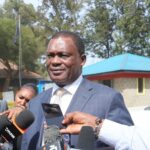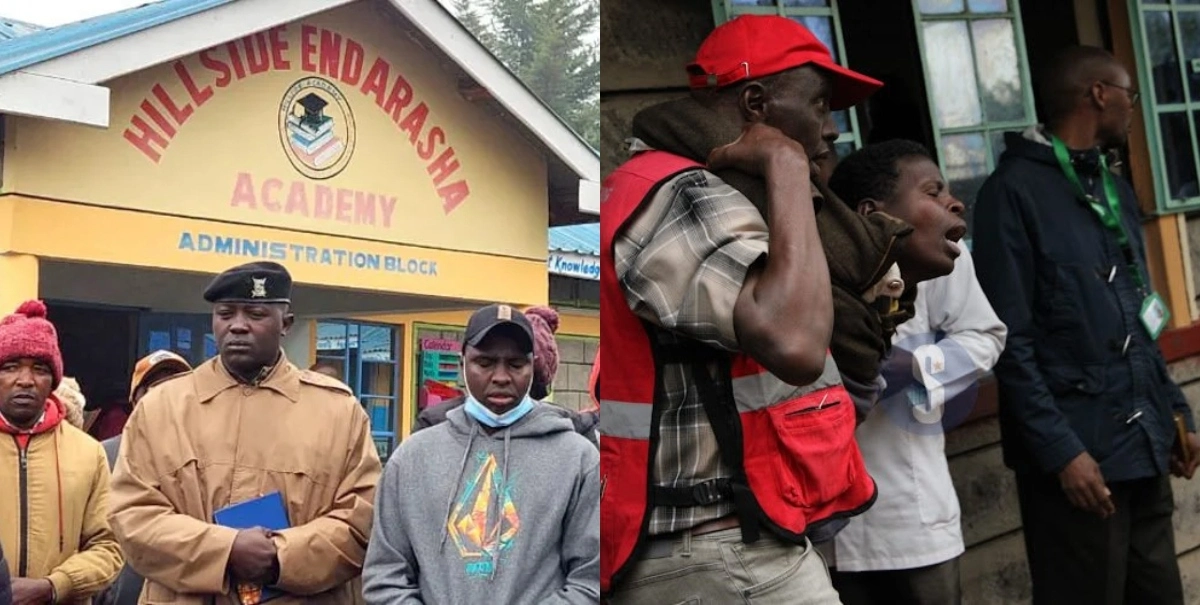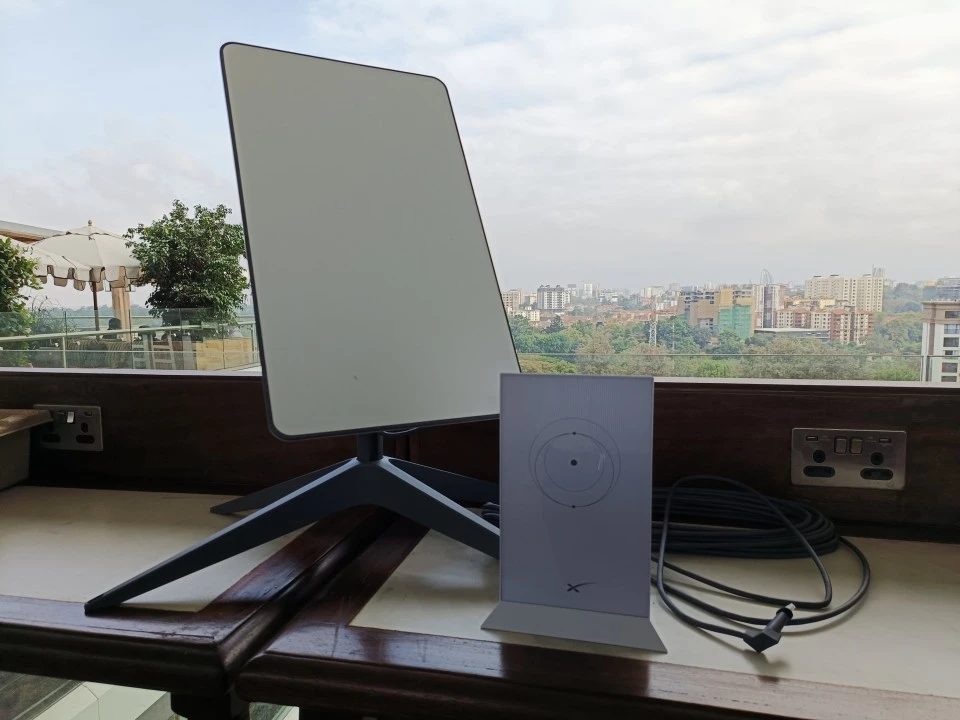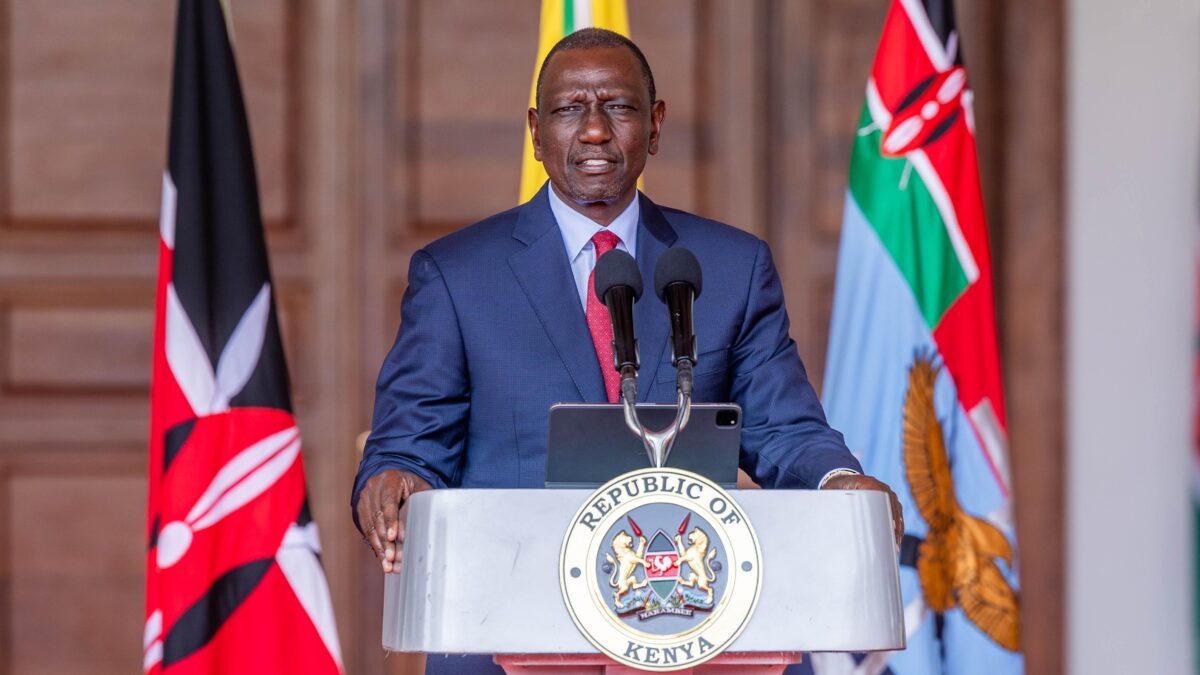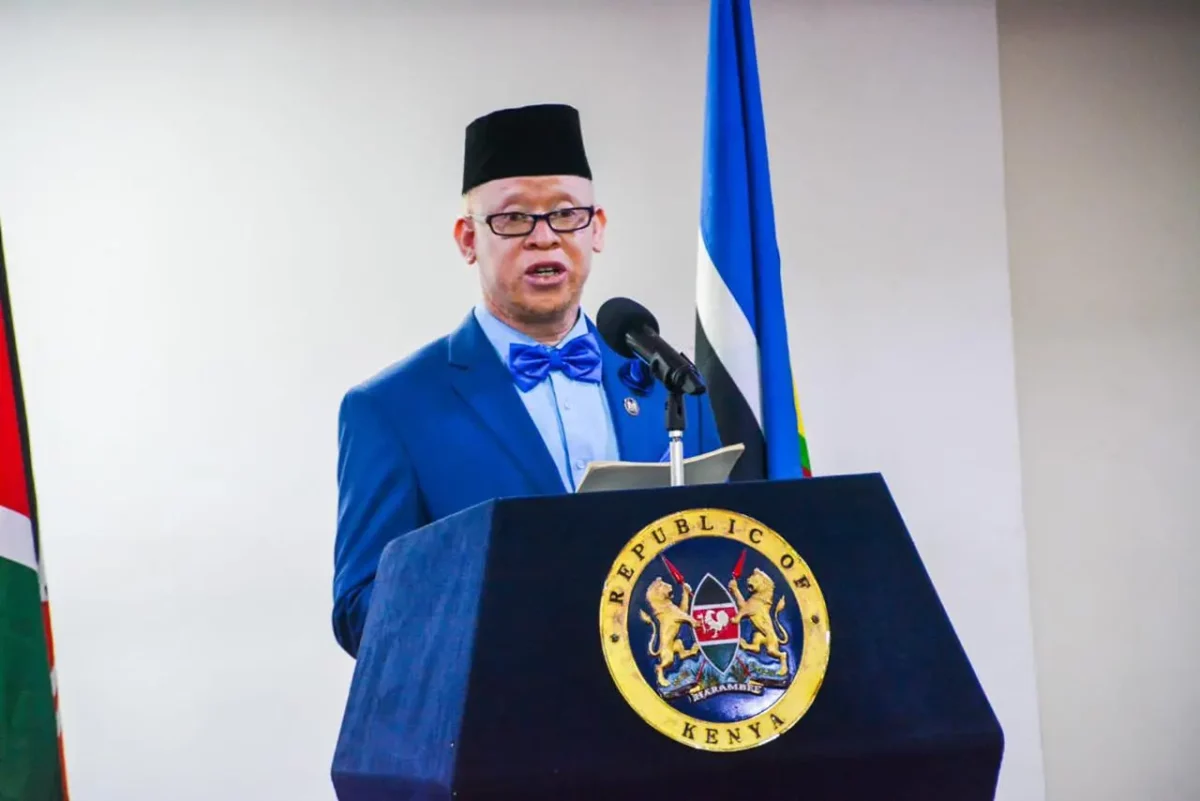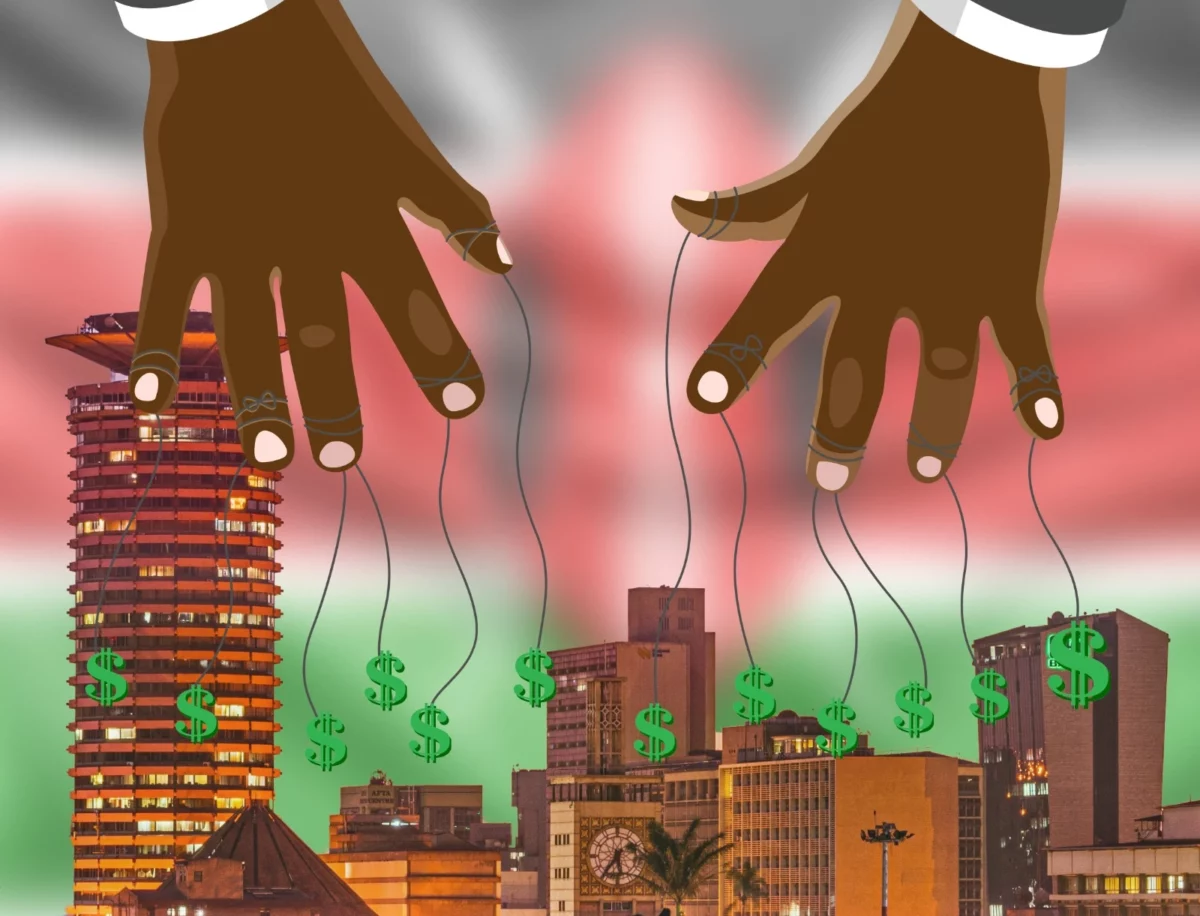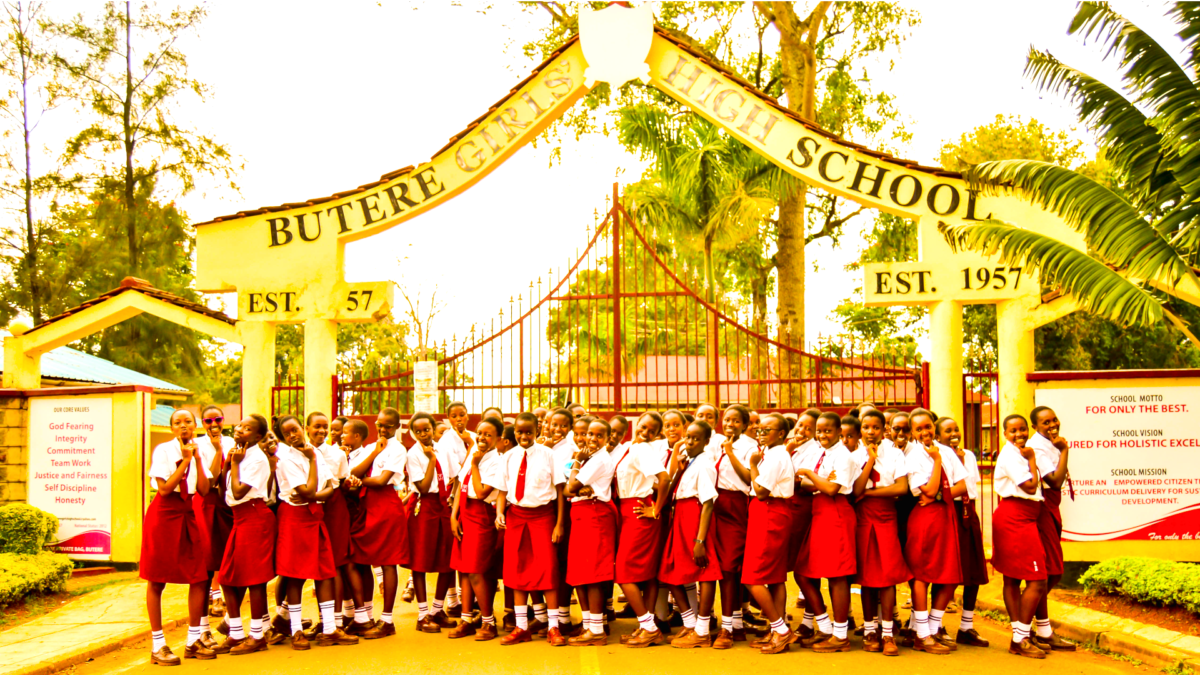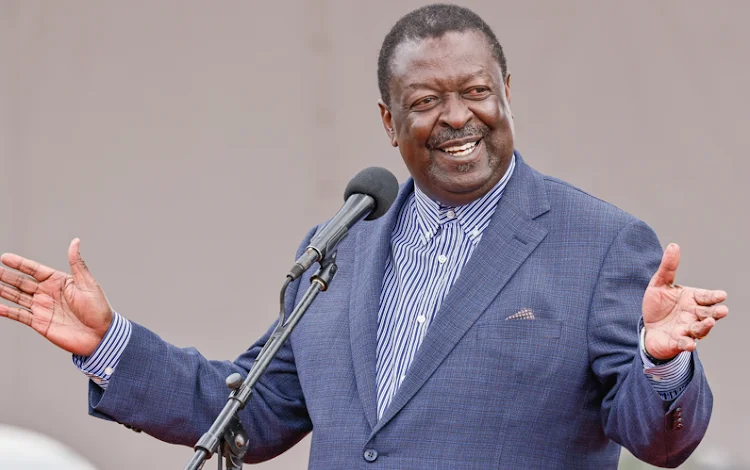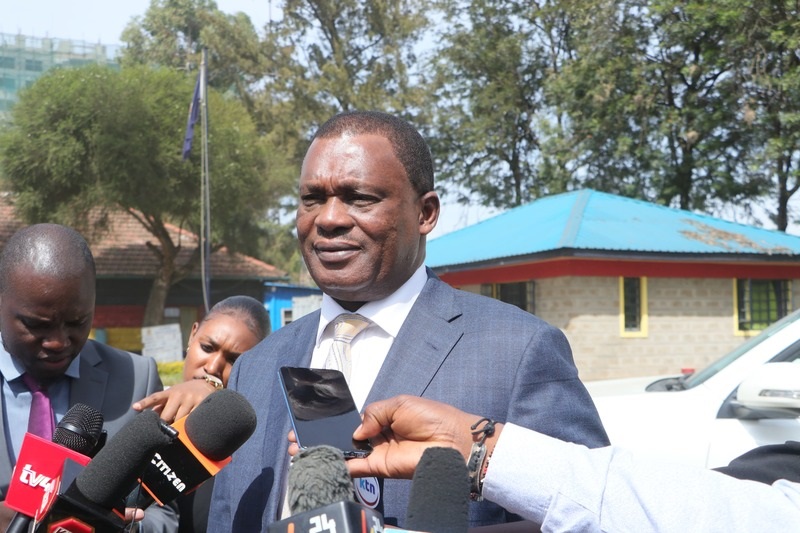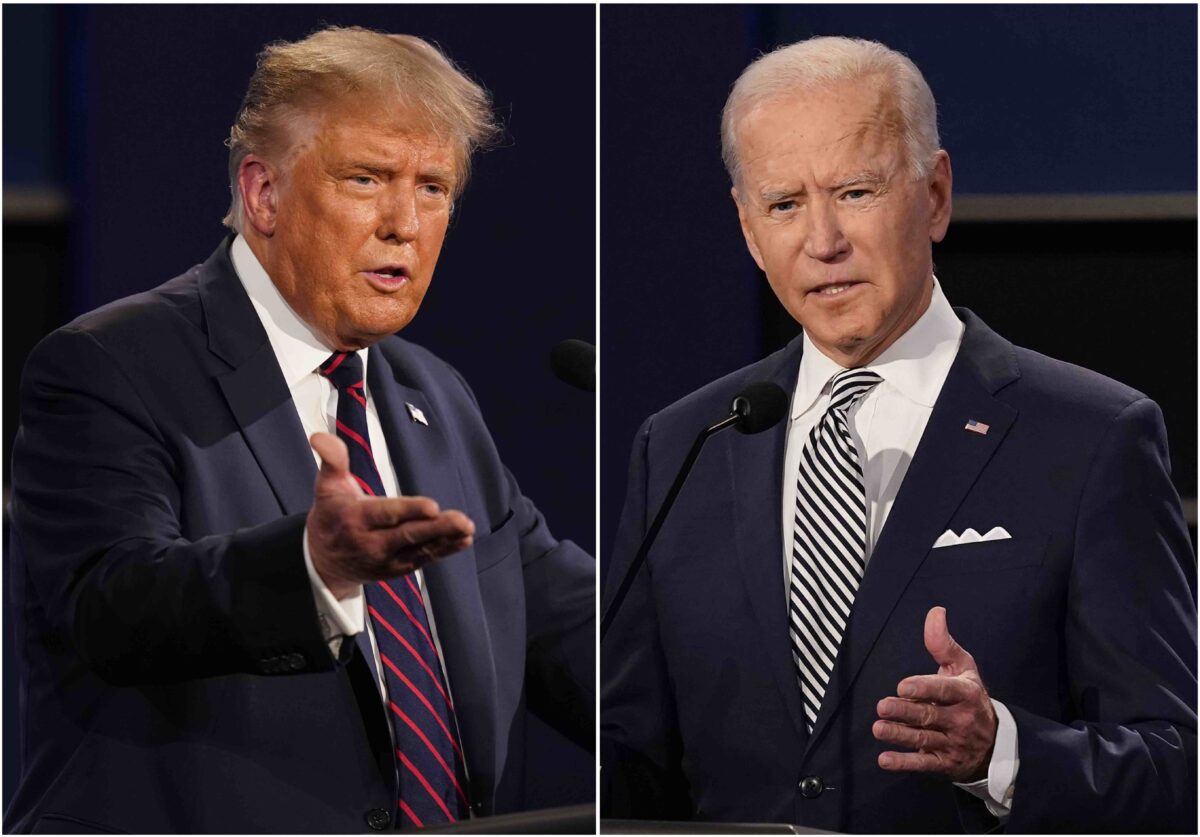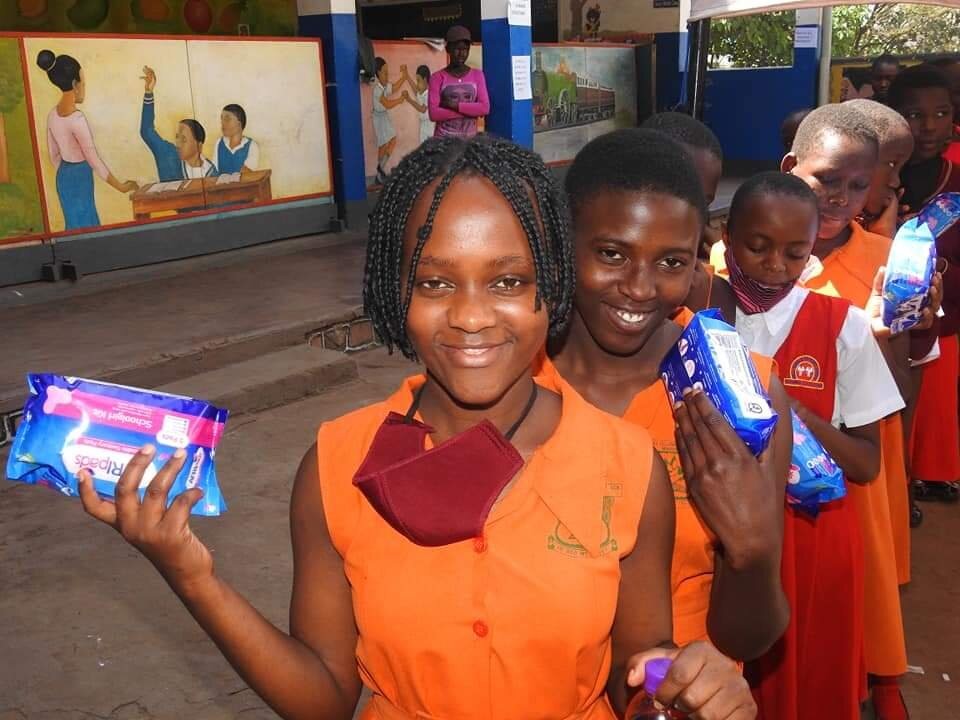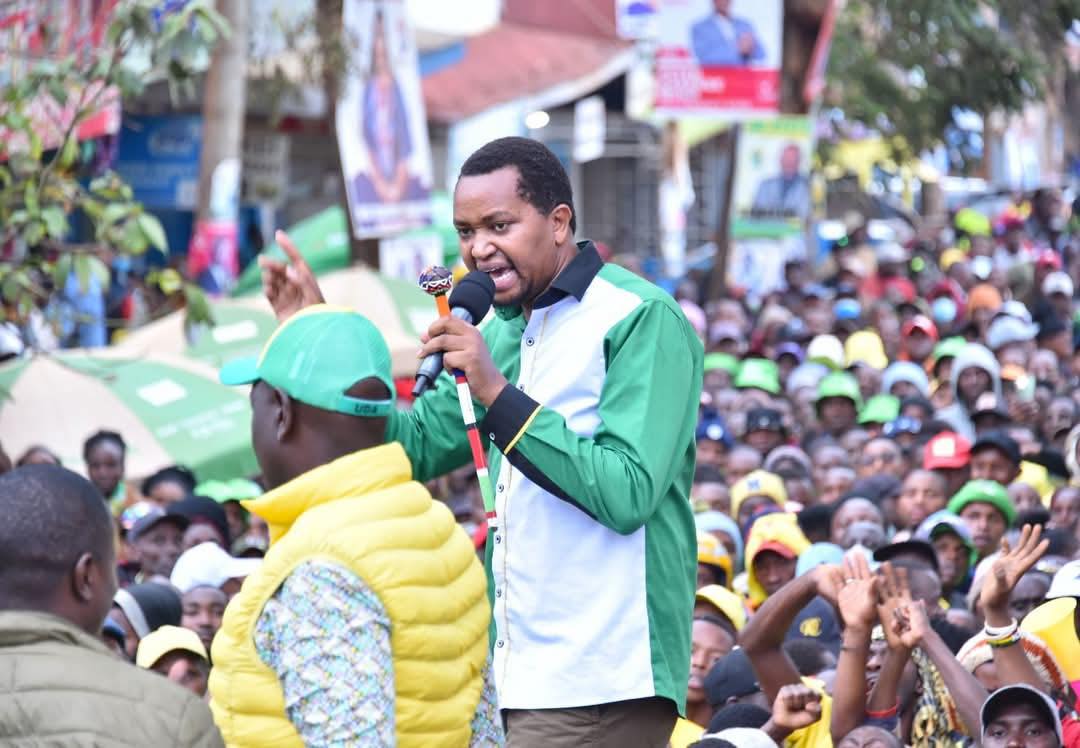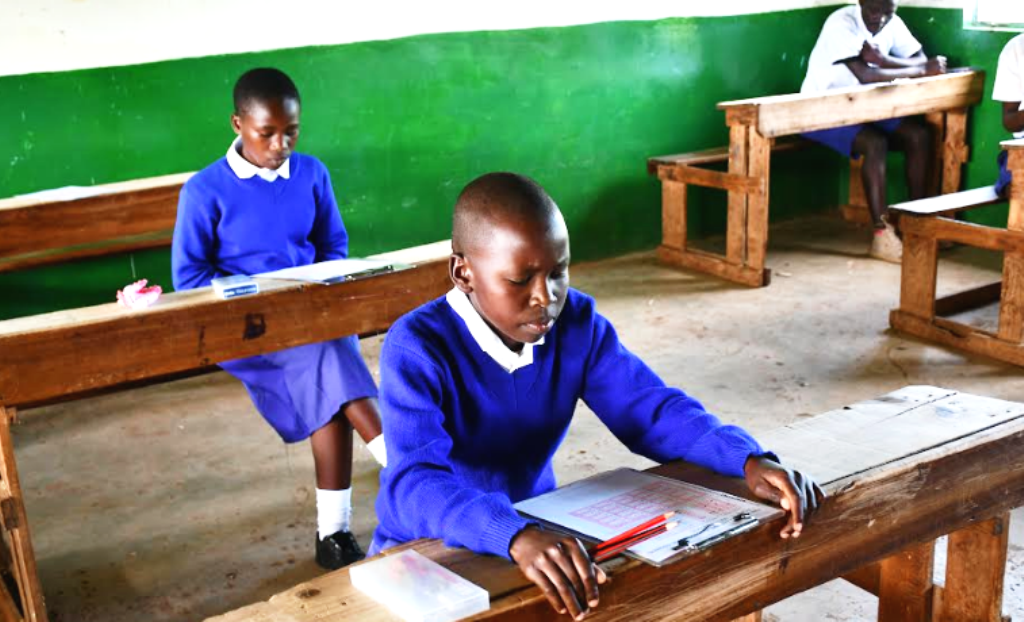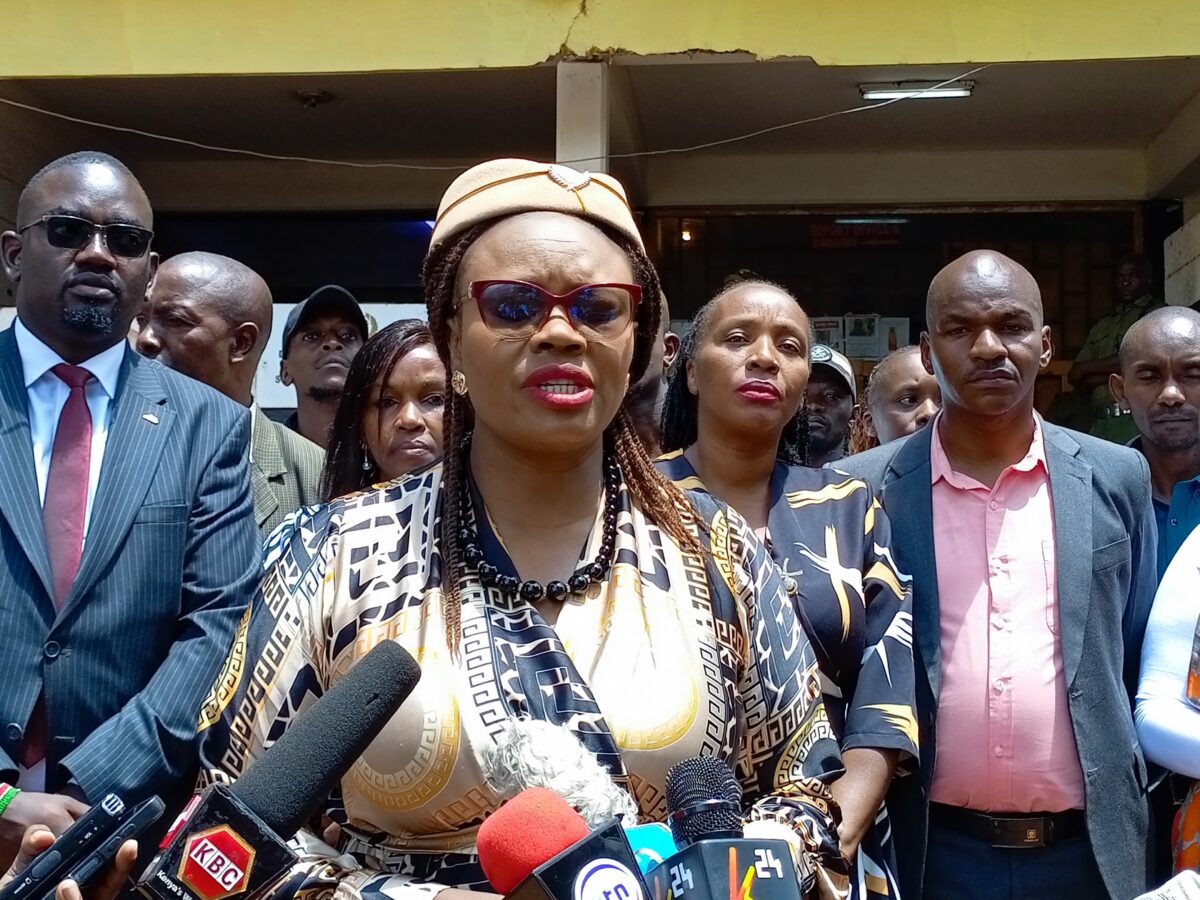President William Ruto laid out his government’s long-term plan to curb drought and food insecurity in the country.
In his first Mashujaa day held on Thursday, October 20 at Uhuru Gardens, President William Ruto said that the fertilizer subsidy program will continue to help the farmers for a short-term period.
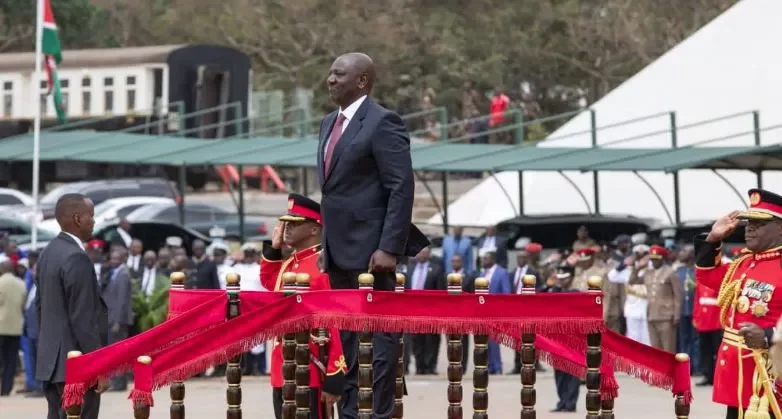
He plans to take great steps to deal with the whole drought issue in the country.
The Head of State noted that strategic plans are needed to end the frequent cycle of hunger and dependency on rainfall agriculture.
He said that he will increase agricultural productivity by supporting farmers’ access to quality inputs such as seeds, fertilizers, and pesticides.
He assured the farmers that they will have access to extension services in order to improve their skills.
Previously month, the government released 1.5 bags of fertilizer to the 47 counties to be sold at 3,500, which is lower compared to the previous that retailed at KES 7,000 market price.
The president added that he will work on local research institutions for innovations and also the public and private sectors to scale up the multiplications of seeds for all crops.
Irrigation
President further added that the government will put its main focus on the irrigation scheme as it is the main solution in guaranteeing food security.
“In 2017, the government set out to build 57 dams to harness water for irrigation and domestic use. Many did not even start, few are complete while the rest are ongoing. The huge capital outlay required for dam construction in the context of competing for budgetary priorities poses a huge challenge to this program,” Ruto said.
Dams
To address the financial strain on the irrigation program, Ruto said the government is working on innovative investment mechanisms through public-private partnerships to construct at least 100 dams.
“Consequently, it would be possible to progressively irrigate the three million acres already identified as irrigable land,” Ruto said.
“For the next three years, the government has the plan to double up the land under irrigation to 1.4 million acres. Of these, 200,000 acres will be under rice irrigation and 500,000 under other food crops. Rice production in Bunyala, the Tana Delta, Rohole in Garissa, Mwea, and Ahero will be on the lead.” The statesman added.
Milk coolers’ program
“Our dairy farmers struggle with the high cost of feed and challenges of storage, preservation of milk, and access to markets,” the Head of State said.
Subscribe to our YouTube channel at Switch TV
“In our plan, we have identified dairy and livestock economy as sub-sectors with the quickest economic turnaround time and they will become key drivers in improving food security, creating jobs, and boosting exports.”
Read also:



